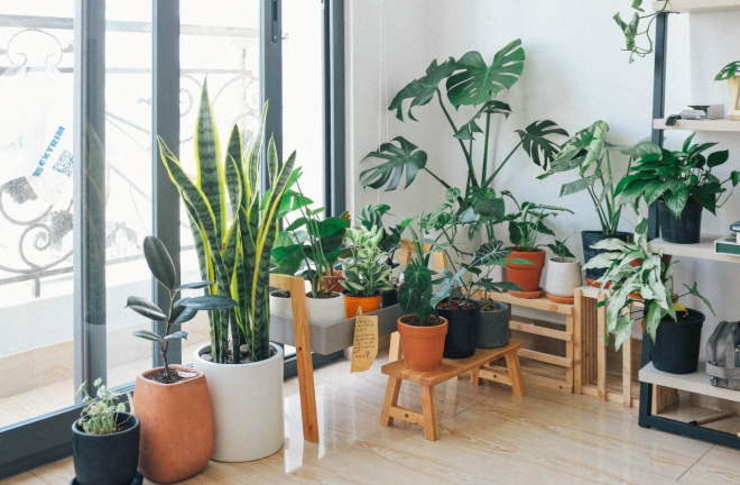Plants: Practical Guide to Indoor Greenery and Air Quality
Houseplants and potted greenery can transform a home or workspace by adding texture, color, and a living focal point. Beyond aesthetics, many people choose plants for perceived benefits such as improved air quality, reduced stress, and a stronger connection to nature. This article explains how plants work, which indoor plants are suited to different environments, and what to look for in leaves and overall care to keep greenery healthy and beneficial.

This article is for informational purposes only and should not be considered medical advice. Please consult a qualified healthcare professional for personalized guidance and treatment.
What are plants and why have them?
Plants are living organisms that use photosynthesis to convert light, water, and carbon dioxide into energy. In indoor settings, they function as decorative elements and as part of a living ecosystem. Choosing plants for a home or office brings natural texture and seasonal change; even small pots add visual interest and help define spaces. Many people find that tending plants builds routine and focus, and watching growth creates a tangible sense of progress that complements digital life.
Which indoor plants suit homes and offices?
Indoor plants vary widely in size, light needs, and maintenance. Low-light tolerant species such as snake plant (Sansevieria), pothos (Epipremnum), and ZZ plant (Zamioculcas) are commonly recommended for busy environments because they require minimal watering and clear low-light tolerance. Brighter spaces can accommodate fiddle-leaf figs, rubber plants, or succulents, which prefer strong indirect light. When choosing indoor plants, match each plant’s light and water requirements to the intended location, and consider pot drainage and space for growth.
How do plants influence air quality?
Plants exchange gases through stomata on leaves, taking in carbon dioxide and releasing oxygen during photosynthesis. Some studies have shown that certain species can reduce volatile organic compounds (VOCs) in controlled settings, but the impact in typical real-world rooms is more modest. Factors such as ventilation, room size, and the number of plants affect outcomes; plants alone are not a substitute for proper ventilation or air filtration when managing indoor pollutants. Still, plants can contribute to perceived freshness and support a healthier indoor microclimate when combined with good building practices and cleaning.
How does greenery change a room’s feel?
Greenery affects perception through color, scale, and natural patterns. The presence of plants often softens hard surfaces and introduces irregular organic forms that contrast with straight architectural lines. This can make spaces feel calmer and more inviting. Grouping plants at different heights or using trailing species on shelves adds depth and visual interest. Strategic placement — for example, near seating or along a corridor — encourages movement and attention, and can subtly influence how occupants use a room.
What can leaves tell you about plant health?
Leaves are the most visible indicators of a plant’s condition. Healthy leaves are typically firm and colored evenly according to the species. Common issues include yellowing (which can signal overwatering, nutrient deficiency, or natural leaf drop), brown tips (often caused by low humidity or salt buildup in soil), and holes or chew marks (which suggest pests). Regularly inspect both the top and undersides of leaves for pests, check soil moisture before watering, and wipe dusty leaves to keep stomata functioning effectively. Pruning spent or damaged foliage encourages new growth and maintains a tidy appearance.
Conclusion
Plants and indoor greenery offer aesthetic, psychological, and modest environmental benefits when chosen and cared for appropriately. Understanding how plants interact with light, water, and air helps set realistic expectations for their impact on air quality and overall indoor ambiance. By observing leaves and matching plant needs to home conditions, anyone can create sustainable plant displays that enhance living and working spaces without relying on unverified claims.






